Flashback: A 2008 report on the Gold Coast’s growth showed city would reach capacity by 2031
A SECRET State Government report revealed how big the Gold Coast’s population is expected to be by 2031 and what city leaders named as the solutions to improving the city’s future.
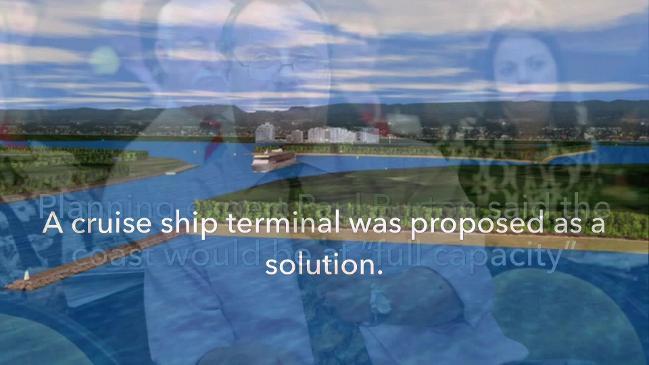
Gold Coast
Don't miss out on the headlines from Gold Coast. Followed categories will be added to My News.
THE Gold Coast is heading towards a population of more than 1 million people within 16 years.
Southerners are abandoning NSW and Victoria in favour of lower house prices and the city’s famous lifestyle.
This was the stunning information revealed in the Gold Coast Bulletin last month by respected social researcher and demographer Mark McCrindle.
Just this week Palm Beach councillor Daphne McDonald warned her suburb was facing overdevelopment in the wake of the light rail’s extension.
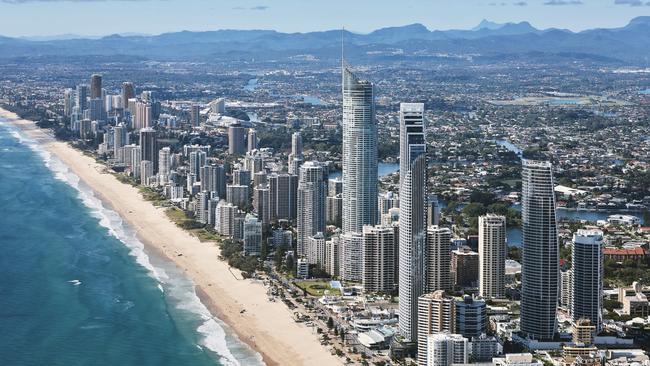
This report came 10 years before the Gold Coast was first warned that its population was growing rapidly with no end in sight.
A State Government report in 2008 found the city had room for up to 130,000 new residents on land the council had already zoned for residential development.
Then-deputy premier and minister for infrastructure and planning Paul Lucas said he believed the land identified in the Gold Coast City ‘Broadhectare Study’ was enough to cope with expected population growth until at least 2016.
That did not take into account other development supplies in the city.
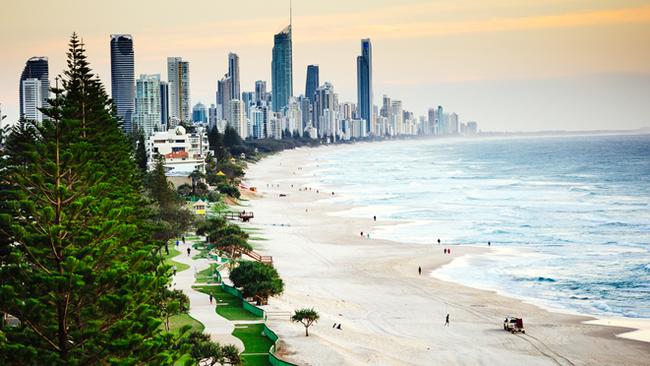
‘‘At a time when fears of land shortages and the cost of housing are affecting so many southeast Queenslanders, this shows there are still many areas of the Gold Coast just waiting to become someone’s home,’’ said Mr Lucas.
A 2031 target study said the city’s population would swell to 937,000 by 2031, leaving it with little breathing space.
Experts told the Gold Coast Bulletin at the time that the city could become like a “can of sardines”, even if the State Government releases more land on the northern patch.
Griffith University urban management planning expert Professor Paul Burton predicted the Gold Coast would be at full capacity by 2031.
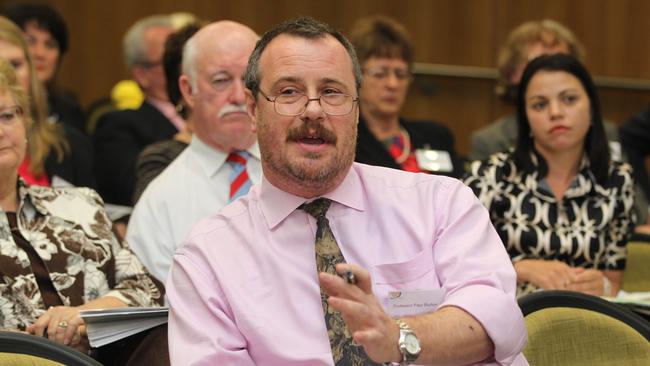
GET A NEW SET OF HEADPHONES WITH YOUR DIGITAL SUBSCRIPTION
“To accommodate those types of numbers then, the local bodies had better start building the infrastructure immediately,’’ he said at the time.
”The basic physical engineering infrastructure is crucial … the roads, water, social infrastructure, schools, shops, parklands and recreation. The link roads must be built, the sewer system must be sorted, as well as the drains. Do they need more water treatment plants?
“It is fine to release land but if the market can’t sustain it and if there is not enough workers to be employed on the sites then that isn’t the practical solution.”
Following the release of the report, city leaders compiled a list of critical projects the city needed to deal with the spike in population.
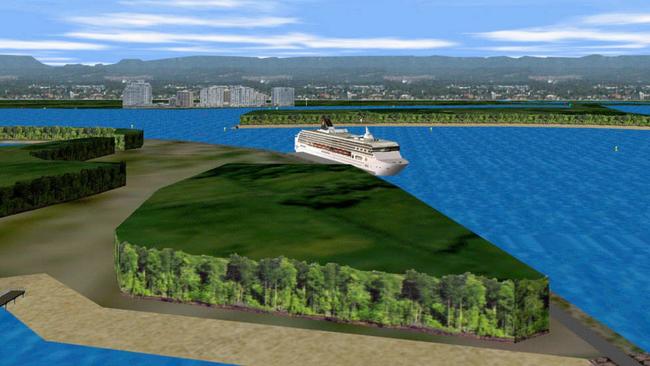
These included:
• Construction of a six-lane arterial road along the intraregional transport corridor which runs from Stapylton, just south of Beenleigh, to Nerang-Broadbeach Rd
• New roads from Pimpama to Hope Island
• Introduction of a dedicated east-west bus or rapid transit system.
• Construction of Coomera Town Centre plus a new shopping centre at Yatala or Beenleigh
• Brisbane to Gold Coast ferry service — Jacobs Well would be the central hub
• New stadium and sports facilities
• New hospital and private medical facilities
• Revive NatureLink cableway to the Hinterland
• Revive cruise ship terminal project
A decade later and many of these same projects have failed to progress in the past decade.
While the city has finally seen construction of Coomera Town Centre begin, the Bulletin’s Golden Age campaign, which concludes today, has continued to push city leaders to secure these much-needed projects.


